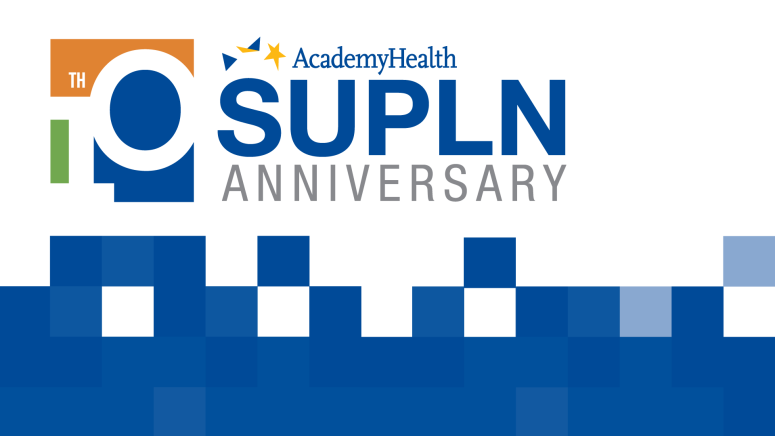
Medicaid programs vary in populations, services, payments, and administration and could serve as a laboratory for learning about optimal ways to meet the health needs of vulnerable populations. Unfortunately, the analytic infrastructure needed to support that learning is limited. The Medicaid Outcomes Distributed Research Network (MODRN) was launched in 2017 by two existing networks – the State University Partnership Learning Network and the Medicaid Medical Directors Network – to address this Medicaid research gap and develop analytic and organizational infrastructure to support multi-state Medicaid analyses. MODRN seeks to address issues of national public health importance and measure the impact of innovative policies and interventions.
How MODRN works
MODRN is a distributed research network that conducts standardized analyses without sharing individual-level Medicaid data across states by relying on existing data use agreements between each participating state Medicaid agency and its university partner. Using the MODRN common data model that provides guidance on standard content and structure, university partners transform their state’s Medicaid data and run analytic code sent by a centralized data coordinating center, sending back aggregate results for pooled analyses and reporting. Importantly, each state’s university partner is highly engaged in the development of the standardized analytic code, drawing on their extensive knowledge of their states’ populations, services, and reimbursement policies. MODRN thus allows not only for standardized, but valid measurement of outcomes without the need for multiple data-sharing agreements across states.
Early contributions to quality measurement
When MODRN was launched in 2017 the opioid crisis was the dominant concern for the six initial network states. At the time, the Centers for Medicare and Medicaid Services’ Medicaid Core Set of Quality Measures did not include a single quality measure related to opioid use disorder (OUD) treatment and states with Section 1115 demonstration waivers to expand substance use disorder treatment lacked valid measures to evaluate their impact. To fill these gaps, MODRN produced 21 measures of OUD treatment quality and outcomes, in just a few years, covering six domains:
- initiation and engagement in treatment
- medications for opioid use disorder
- follow up care
- infectious disease screening
- opioid and benzodiazepine prescribing
- acute care and overdose; pregnancy and neonatal opioid withdrawal syndrome.
Measures were reported by population subgroups (sex, age, race/ethnicity, urbanicity, eligibility category) to help states identify inequities in treatment.
How MODRN benefits states and their university partnerships
MODRN provides direct benefits to its state Medicaid partners and enhances state-university partnerships. By offering state Medicaid partners benchmarking and counterfactuals, MODRN gives states performance indicators and shows what might happen if they adopt a policy another state has implemented. Informing Medicaid policy requires analyses that report on differences between states and examine why those differences exist. For example, two current MODRN projects focus on evaluating the impact of Medicaid policy on racial inequities in care and outcomes – one informs Medicaid coverage of doula services and the other examines the place, provider, plan, and policy drivers of inequities in medication treatment for opioid use disorder (OUD). In addition to providing timely, multi-state analyses of Medicaid data, MODRN augments the internal analytic resources available within its participating partnerships. University partners frequently draw on MODRN measure specifications for other research conducted for their state partners, while MODRN members provide each other with technical assistance, collaboration, mentoring, and a sounding board for new ideas. State Medicaid leaders learn from their colleagues during regular convenings, sharing MODRN findings and shaping the research agenda of the network. In these ways, MODRN provides a crucial opportunity for learning across states.
What’s next for MODRN
Building on its success with quality measure development for OUD, MODRN is well-positioned to address gaps in the Medicaid Core Set. The network is currently working to develop a measure of the cascade of care for chronic viral hepatitis screening and treatment, an identified gap for several years. Future work will also focus on addressing critical gaps in quality measures for youth mental health, as well as informing the implementation and evaluation of Section 1115 demonstration waivers to address health needs shaped by housing insecurity, food insecurity, and involvement with the criminal justice system.
If you are interested in learning more about MODRN, please contact Julie Donohue or Susan Kennedy.